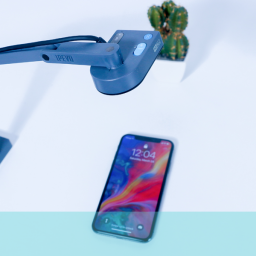
What is the future of mobile security and user experience?
One of the biggest concerns facing today’s digital community is that of online security. As technology advances, so do the techniques of the criminals, and in a world that’s connected to the internet 24/7, it pays to be careful.
But does protection against data and identity theft, malware, fraud, and other such nasties, threaten the mobile user experience?
There is a belief among some mobile users that hackers don’t – or can’t – target mobile devices. With 14% of all online transactions coming from a mobile device, a figure that will continue to rise, and mobile banking taking off among younger users, this misconception could prove to be a very dangerous one.
Authentication via password etc is one way of securing data from prying eyes, but it also places a barrier in the path of the mobile user experience. A necessary evil, perhaps, but one that heightens the frustration factor so far as mobile is concerned, because of issues such as smaller screens, speed, and ‘fat finger syndrome‘ leading to increased input errors.
It’s not all bad news though, as, once again, Apple has led the way with the integration of Touch ID on the iPhone 5s and iOS7. This gives the user a security option via fingerprint identity, which, if utilised, is needed to activate the phone. As the sensor is in the Home button, it doesn’t require an additional operation to gain access, and the critical information is stored locally on the device, preventing remote access.
It may not yet be the perfect system, and it still requires occasional password input, but it’s definitely a step in the right direction for mobile user experience. And it’s one that’s set to be adopted by other manufacturers, with fingerprint recognition technology possibly set to be the new security standard for mobile devices.
This would signal the first rung on the ladder of biometric ID, with further technological advances, such as eye and face recognition, maybe becoming widespread in the future. These could be integrated into native apps for banks and other security critical institutions, and enabled via the device’s camera.
Whatever the future of mobile security holds, authentication that requires little or no input from the consumer will surely lead the way, as organisations learn the value of a non-intrusive user experience.
We offer comprehensive mobile user experience and usability testing services. Contact us today to find out more!

















